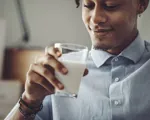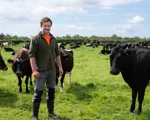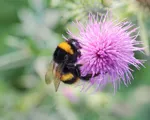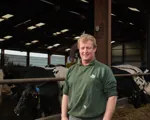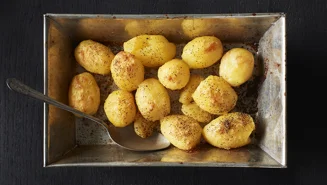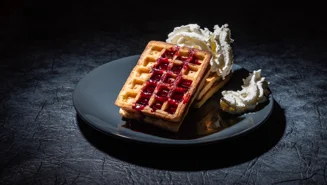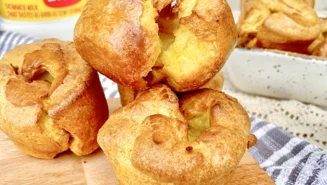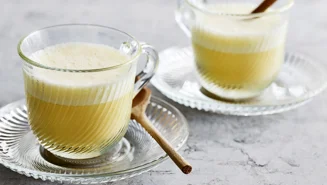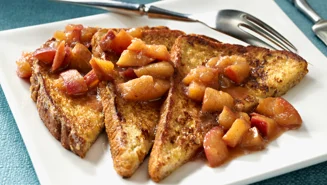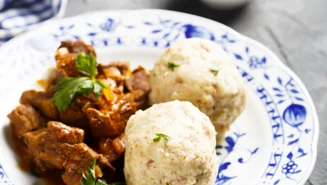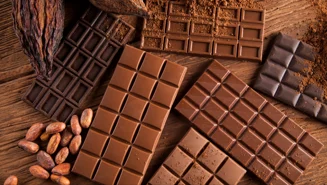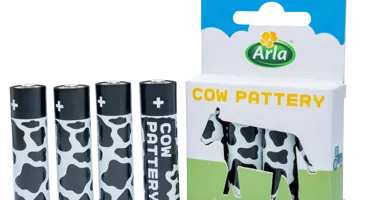
When it comes to the UK’s energy needs, cows could be the secret weapon in our ambition to use more renewable energy sources.
We’re talking about the power of poo, something cows produce plenty of in their daily lives. Just one cow could power three homes with the cow pats it produces in a year, and there are nearly half a million cows just on Arla’s dairy farms around the country. At Arla, we want to tap into this potential and help the UK on its journey to reach its sustainable energy targets. We have created ‘cow patteries’ to show the potential power in the poo. But our farmers can’t do it alone and more is needed to scale up the UK infrastructure.
The power of cow poo
The focus of renewable energy sources has historically centred on wind and solar power. But cow pats, or slurry, is a reliable resource with the potential to play a very real part in how we collectively switch to renewable and sustainable energy.
The cow pat to energy process also has the added benefit of generating a by-product that can be used as a natural fertiliser, enabling farmers to nourish the soil, reduce emissions and close the loop on their farm. With over 1.4m tonnes of cow slurry available in the UK each year from Arla’s 2,400 farms alone, we have enough cow poo power to supply 4% of UK households. That’s around 1.2 million homes.
Poo power can also help to fuel vehicles on the road, reducing reliance on fossil fuels and lowering emissions. Find out more about how Arla is exploring biofuel and putting poo performance on the road.
Turning cow pats into kilowatts
To turn cow pats into energy, the slurry needs to be processed through anaerobic digestion. During this process, organic matter, including cow pats, are broken down to produce biogas and bio-fertiliser. This process takes place in a sealed, oxygen-free tank called an anaerobic digester. The end product is biogas. Once this biogas is cleaned and ready for use, it’s taken to a combined heat and power (CHP) unit, where it’s used to generate renewable energy that can power homes and businesses.
The end by-product is nutrient-rich, free fertiliser, that can be put back on the land to help nourish the soil, in turn helping to grow the grass that feeds the cows.
FIND OUT MORE ABOUT ARLA’S COW PATTERIES - HERE




